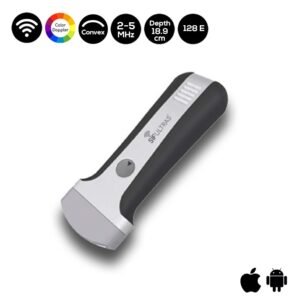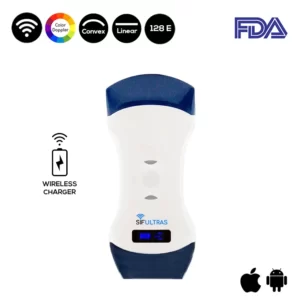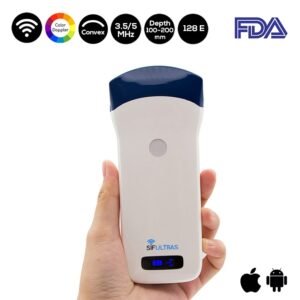Gallbladder Ultrasound
Although ultrasounds are most frequently used to detect pregnancy, they can also be used for other purposes, such as showing images of the abdomen. An ultrasound of the gallbladder is a noninvasive, often painless test used to identify gallbladder-related disorders. Ultrasound does not employ radiation, in contrast to X-ray.
On the right side of the belly, beneath the liver, is where the gallbladder is situated. The liver produces the digestive enzyme bile, which is then stored in this pear-shaped organ and used to break down fat.
A variety of disorders can be diagnosed with gallbladder ultrasounds. The operation may be recommended by gastrologists to check for gallstones, which are hardened bile deposits that can cause nausea, abdominal pain, back pain, and shoulder pain.
Cholecystitis, a condition where the gallbladder becomes inflamed or infected, may also call for a gallbladder ultrasound. This frequently happens as a result of gallstones blocking a tube that transports bile from the gallbladder.
Other problems for which a gallbladder ultrasound is performed include pancreatic cancer gallbladder polyps, empyema, and gallbladder made of ceramic upper right abdomen discomfort of unknown origin due to gallbladder perforation.
Which Ultrasound Is Suitable for Identifying Gallbladder Disease?
The Color Doppler Wireless Convex Ultrasound Scanner 3.5-5MHz, SIFULTRAS-5.21 is used by gastroenterologists to assess gallbladder disease. The abdomen will be covered in a gel that keeps air from accumulating between the transducer and the skin. The SIFULTRAS-5.21 transmits and receives sound waves that provide information on the organs’ shapes and sizes. The transducer will be moved back and forth across the abdomen by the doctor until the images are recorded and ready for interpretation. The procedure normally takes less than 30 minutes and is painless for patients due to the non-invasive ultrasonography.
Reference: Gallbladder Imaging
Disclaimer: Although the information we provide is used by different doctors and medical staff to perform their procedures and clinical applications, the information contained in this article is for consideration only. SIFSOF is not responsible neither for the misuse of the device nor for the wrong or random generalizability of the device in all clinical applications or procedures mentioned in our articles. Users must have the proper training and skills to perform the procedure with each ultrasound scanner device.
The products mentioned in this article are only for sale to medical staff (doctors, nurses, certified practitioners, etc.) or to private users assisted by or under the supervision of a medical professional.



